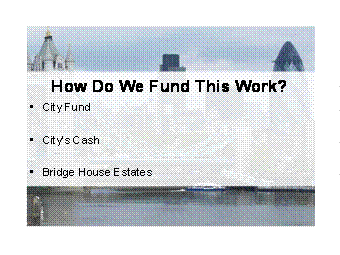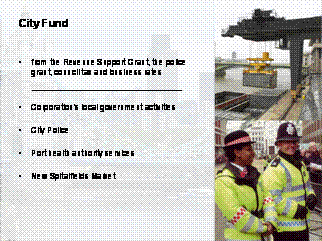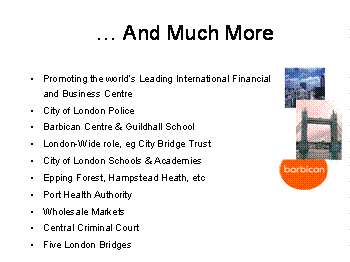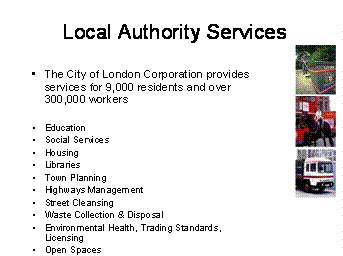The major problems that arose in 2007/08 from one relatively narrow area of banking activity should not diminish the huge benefit to be derived from the work of the financial services community. That narrow activity, primarily in the derivatives markets, arose because the profits and tax revenues arising there from were high which discouraged boards and governments to look closely into the risks associated with the activity. When it became clear that Lehmans and others had gambled so much, far in excess of their ability to repay the system failed. Banks did not understand what their exposure was to the thousands of deals they had entered into and lending, credit, just dried up, causing governments to put money into the system so that commercial activity could continue.
We are mostly out of that now and regulations have been put in place to make it unlikely that problem will re-occur. That is not to say another banking problem will not take place at some future point as history shows that regulation cannot anticipate and often has to react to new technology, be that in banking, science or the internet. However, those serving on the boards have, hopefully, learned that they need to better understand what some of their employees do in the name of the bank.
Banking got an unfair press. Only a few hundred people were involved of the hundreds of thousands within the industry who were behaving responsibly.
The financial services industry is hugely important to the UK. It is the jobs it creates and the tax that derives from deals done and the tax and national insurance that staff pay. About 10% of the UK’s economy in value, or £176 Billion each year, equating to approx one and a half times the cost of the NHS. To see the industry fail would be a disadvantage to everyone in the UK.
The industry is centred in London, in the City, the Square Mile and Docklands but there are financial centres around the UK, eg Bristol and Edinburgh. Most of it takes place within the Square Mile. That one square mile generated £48 Billion in revenues whilst the rest of London, over 3,000square miles, generated £320 Billion.
The Square Mile has, for hundreds of years, been at the centre of trading so it is hardly surprising that it continues to be so, although the focus now is more upon banking, insurance, legal services, the maritime sector etc, rather that the import and export of vast quantities of goods through the London docks.

The body that runs the Square Mile is the City of London Corporation. It has been governing the City of London for hundreds of years. Its right to govern itself, to elect its own Mayor, is enshrined in Magna Carta. It was practicing government hundreds of years before Parliament existed. When local authorities were created in the nineteenth century, the City Corporation took on local government responsibilities which it retains as well as providing a range of other functions.
It has three funds; one a public fund derived from council tax, a little of the business rate and government grant, just like other local authorities. It also has City’s Cash and the Bridge House Fund. Both are ancient funds. Most of their assets were put into property and that is largely in the City and Westminster producing millions of pounds per annum.

The City Fund meets the cost of local authority services, be those within the City or that benefit London as a whole, eg the Animal Reception Centre at Heathrow, the Port Health function, checking every ship coming up the Estuary, the public housing within the City and also in several London Boroughs (because it cannot all be accommodated in the Square Mile).

In the case of City’s Cash, the money funds the Lord Mayor’s programme, worked out with the full support of the government, to take business delegations abroad to drum up business for London and the UK and to receive delegations from abroad in Mansion House. The fund also meets the cost of all of the 10,000 acres of open spaces the City runs, eg Epping Forest, Hampstead Heath, Burnham Beeches, the Guildhall School of Music and Drama, bursaries at the City’s three independent schools. All this at no cost to the taxpayer.

The bridge House fund meets the entire cost of the five bridges (London, Tower, Southwark, Blackfriars and Millennium) and the surplus each year, currently about £20 M is used to support charities, large and small, within Greater London. All this at no cost to the taxpayer.
The City is the largest grant making charity within London. It is, through its funding of the Barbican Centre, the or orchestras, the Museum of London, the Guildhall School, Art Gallery etc, the third largest sponsor of the Arts (the Govt and BBC being one and two).
The controlling body, the Court of Common Council, is elected by the residents and representatives of the businesses within the City. It is non-party political. Elections are every 4 years. An older body, the Court of Aldermen, similarly elected, sits with them. That Courts primary function now is to produce future Lord Mayors. The committees they appoint to run the huge range of services also have experts and community representatives to assist.

A Square Mile, the City, dedicated to a range of business activity and the City Corporation dedicated to supporting its residents (9,000), the 400,000 daily commuters to the city and the businesses they are employed in, creating an environment that is conducive to those businesses and to attracting more, generating billions of pounds to the exchequer each year to help pay for the services that we all enjoy.

Peter Nelson


Leave a comment